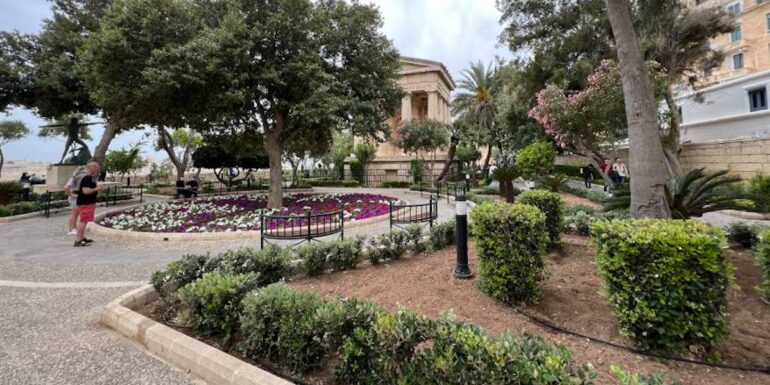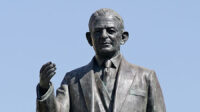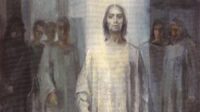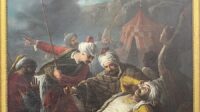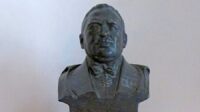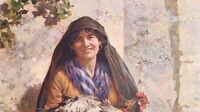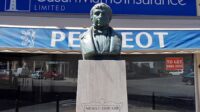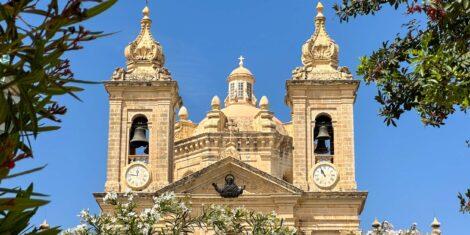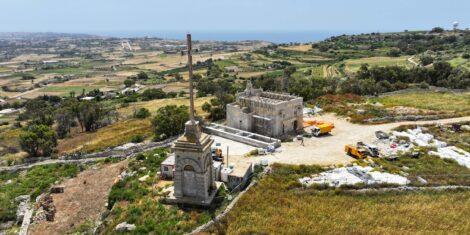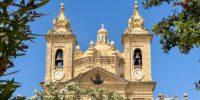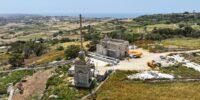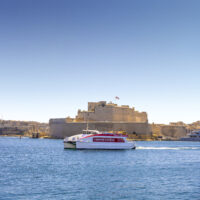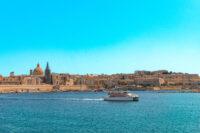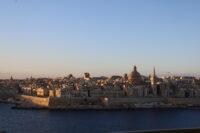Valletta has been the powerhouse of Malta for many years. Therefore, it is only understandable that Valletta has given Malta some of her finest minds. Minds who went on to make a name for themselves and the country on the international stage. Today we explore 11 of these names who made waves in the artistic scene.
Giuseppe Calì
Born in 1846 in Valletta to Italian parents, Calì is renowned for his numerous works in churches around Malta. In Valletta, he produced the country’s largest painting. It hangs at the St Francis of Assisi church in Republic Street, namely the apotheosis of the saint. The artist allegedly challenged himself to this amazing feat, as he wanted to send a message to someone!

Vincent Apap
Born in Valletta in 1909, prolific sculptor Vincent Apap is known for works of public art. The Triton Fountain in Valletta and the statue of Sir Paul Boffa in Castille Square are examples. He has also designed sacred art in several churches around Malta.
William Apap
William was Vincent’s younger brother, and he too made some serious waves in the local artistic scene. In fact, as a painter, Willie is arguably one of Malta’s major contributors to the post-war visual arts scene, together with Emvin Cremona and Giuseppe Briffa.
Paul Asciak
Born in 1923, Asciak was an operatic tenor who received several leading roles in Italy and the United Kingdom. Moreover, Asciak performed alongside celebrated singers, including Maria Callas, Anita Cerquetti and Peter Glossop. He also performed with Benvenuto Franci under the baton of the most acclaimed conductors of the time. He is credited with discovering and training world-renowned tenor Joseph Calleja.
Edward Caruana Dingli
One of Malta’s most celebrated watercolourists Caruana Dingli was born in Valletta in 1876. His prolific catalogue of works captures fascinating aspects of late 19th and early 20th Century Maltese life. Scenes vary from life on the farm, to popular religious processions in the streets.

Emvin Cremona
Emanuel Vincent Cremona was born in Valletta in 1919. He is best known for his prolific works in Maltese churches as well as designing several stamps. Cremona successfully carving a niche for his contemporary style within the local conservative religious narrative, achieving widespread acclaim. Notable works of his include iconic poster designs for the 1960 centenary celebrations of St Paul’s shipwreck in Malta.
Nicolò Isouard
Isouard was a Maltese composer, born in Valletta in 1773, who made a name for himself in Paris. At age 22 he was already the organist at the Order’s Conventual Church. Still, it was in Paris that he really shone. In fact, moving to the French capital, he found significant success in the field of opéra comique. He composed many works for the Théâtre de l’Opéra-Comique. In fact, throughout his career he composed masses, motets, cantatas, romances, and duets, along with over 45 operas.
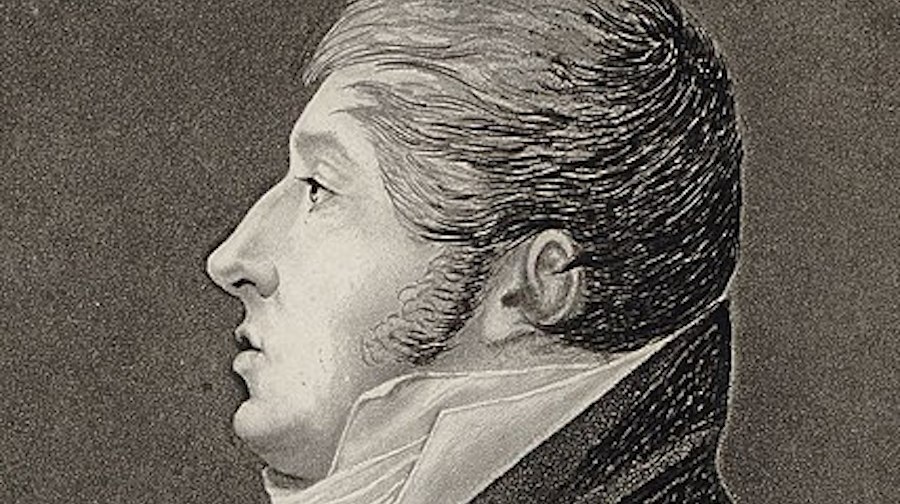
Paolo Nani
Dr Paolo Nani became a lawyer at the age of 18 on his father’s insistence, before following his uncle’s footsteps in music. In 1833 he went on to study under the stewardship of opera giant Geatano Donizetti. Finally, on his return to Malta, the young composer revolutionised sacred music. He wrote iconic pieces such as the ‘Sancte Paole’ antiphon. The piece is sung during the feast of St Paul’s Shipwreck in Valletta each year.
Freddie Mizzi
Born in Valletta in 1934, Freddie was one of Malta’s foremost 20th century musicians and internationally celebrated clarinettists. Mizzi performed as a soloist with some of the world’s leading orchestras, including the World Symphony Orchestra on tour in the US, the Salzburg String Quartet, as well as prestigious venues such as the Wigmore Hall in London.
Ġan Anton Vassallo
Author, poet and professor Vassallo was born in Valletta in 1817. His most famous work was his poem ‘Tifħira lil Malta’ together with several other works. His work is divided into two seemingly opposite ideologies: Literature for moral goodness, and literature for pleasure. Vassallo used both Maltese and Italian to teach, in order to maximise his reach.
Temi Zammit
Sir Themistocles Zammit was born in Valletta in 1864. An archaeologist, historian, chemistry professor, medical doctor, researcher, and writer, he was a true 19th Century rock star. Famously, he identified unpasteurized goat milk as the major factor for Brucellosis, also known as Maltese fever, in June 1905. Zammit also had a hand in numerous ground-breaking archaeological digs, which unearthed some of the most significant Neolithic sites including the Hypogeum in Paola, the Tarxien Temples, Ħaġar Qim and Mnajdra.
